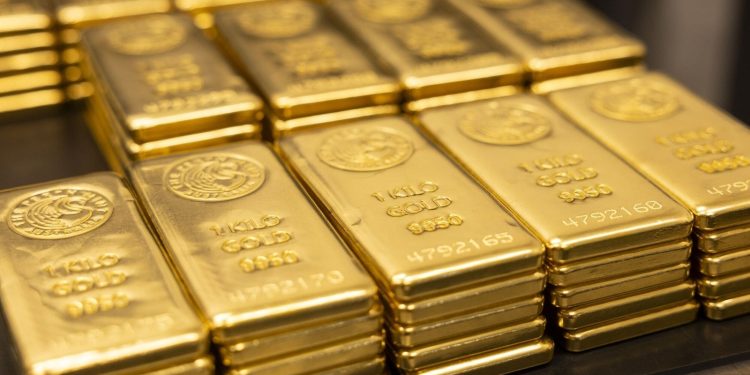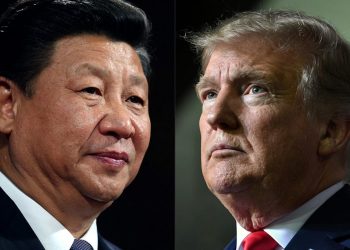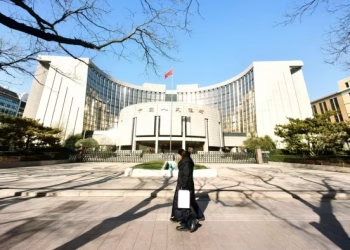The price of gold fell slightly on Friday, October 17, but ended the week with the biggest gain since 2020. Gold futures fell more than 1% to around $4,260 an ounce after hitting an intraday high of $4,380. Despite the decline, gold rose 7% for the week as investors bought the precious metal amid uncertainty, Yahoo Finance reported.
A ‘perfect storm’ raises gold
Senior financial markets analyst Kyle Rodda said a “perfect storm” of global factors has pushed gold prices higher. Growing trade tensions between the United States and China, expectations of further rate cuts from the Federal Reserve and concerns about regional banks have all pushed investors toward safe-haven assets like gold.
Rodda, a market analyst at Capital.com, called the rise “parabolic,” noting that prices rose at an unusual speed. “Gold sends a worrying message about the future,” he said. “This could indicate global instability or a sign of speculation that could erupt later.”
Central banks and ETFs fuel demand
Gold’s year-to-date performance has been remarkable, up almost 59%. Central banks around the world are buying gold at record levels, while the weak US dollar and falling interest rates have made holding gold more attractive than cash or bonds.
At the same time, gold-backed exchange-traded funds (ETFs) saw record inflows last quarter, highlighting strong appetite from retail and institutional investors.
Why investors buy gold
A Bank of America survey of fund managers recently found that gold is the market’s most heavily traded trade, beating out the “Magnificent Seven” technology stocks. 39% of fund managers have no gold, 35% have 2 to 4% of their portfolio in gold.
Also Read: Gold and Silver Prices Hit Record Highs on US Credit Fears and ‘US-China Trade War’
Wall Street raises its price forecasts
Several major banks have raised their gold price targets. BofA analysts reiterated their call for a “long gold position,” forecasting that prices could reach $6,000 an ounce by mid-2026. Goldman Sachs raised its forecast to $4,900 by the end of next year, and JPMorgan expects prices to climb to $6,000 by 2029.
For now, gold’s rise is due to global uncertainty and investor nervousness. Whether this bubble persists or turns into a bubble will depend on how central banks and global economies respond to inflation, rate cuts and geopolitical risks in the months to come.
Also read: No Kings protests to sweep US as millions plan to march against Trump policies
FAQ:
Why did gold prices rise so much this week?
Gold prices have risen due to trade tensions, expectations of rate cuts and concerns about banks, prompting investors to buy gold as a safe option.
How high have gold prices climbed?
Gold futures reached an intraday high of around $4,380 an ounce before ending the week near $4,260.
Will gold prices continue to rise?
Experts say prices could rise further if global uncertainty, inflation and falling interest rates continue, but some warn it could become a bubble.









